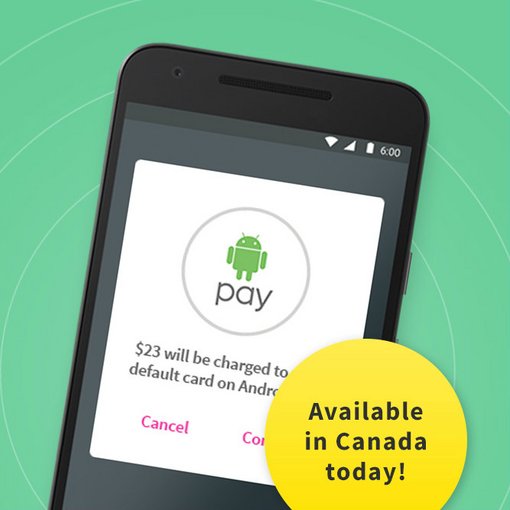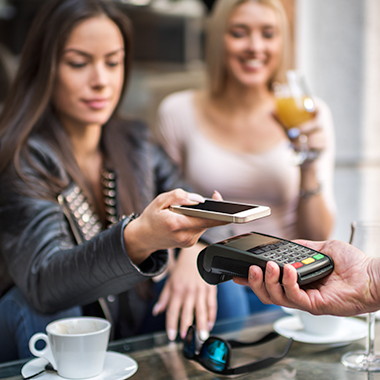
Android Pay arrives in Canada
Paysafe is one of the first PSPs to collaborate with Google in this market
While digital wallets have existed in some shape or form since 1998, they’ve made a quantum leap in the past four years. Accepted as revolutionary at the time, those very first digital wallets could only be used to shop online. By contrast, the new generation of smartphone-powered digital wallets — Android Pay, Apple Pay, Samsung Pay and others — can be used offline too: in supermarkets, at your local coffee shop and in many other establishments.
Such is the reach and acceptance, mobile wallet global spend is expected to reach $1.32 tn in 2017 according to new research.
Which brings us to today — and the launch of Android Pay in Canada, with Paysafe revealed as one of the first PSPs to collaborate with Google in this market. With a wide variety of mobile payment options already available in-store and online, what does the launch of Android Pay mean for the Canadian payments and mobile commerce landscape?
To start with, there’s a level of familiarity and trust. Android is the leading mobile OS in the Canadian smartphone market. This means that the 59% of smartphone users currently relying on the Android OS now have access to Android Pay, giving them the ability to make payments securely on their device, within a retailer’s app. Adoption is likely to be further boosted by the fact that all major credit cards Canadian consumers are accustomed to are supported. Familiarity and trust delivered on several fronts — which has the potential to boost the number of domestic consumers willing to embrace mobile payments upwards from the current 33 percent of the Canadian population.
Next, Android Pay provides a significant level of reassurance. It’s no surprise that security is top of mind for both merchants and consumers. After all, in 2016 60 per cent of global transactions confirmed as fraud originated from a mobile device. Android Pay tackles this by offering a variety of security options — from fingerprint authentication on supported devices, to PIN and password or lock-screen patterns. Most importantly, Android Pay doesn’t share customer credit or debit card numbers with the merchant when they pay in stores or in-app, but rather uses a virtual account number to represent the customer’s card instead.
Finally, the customer is king. This is especially relevant in the payments market where technologies should be wholly focused on end-user benefit and experience. In addition to convenience and security, consumers want to make their purchases online within a simple user-interface via as few clicks as possible, and to enjoy a consistent payments experience. Merchants, mindful of the $39 billion expected to be spent online by Canadians by 2019, will do well to consider how Android Pay can support them in providing a seamless omni-channel experience.
Among the first to collaborate with Google in Canada
As one of the first PSPs to collaborate with Google in Canada, Paysafe can now offer Android Pay in-app for its merchants, creating added advantage in a rapidly growing market. In the past six months alone, the proportion of mobile wallet users has increased from 10% at the end of 2016 to 13% in early 2017, according to RFi Group Canada Payments Council.
There is no doubt that the pace of change is swift and the potential enormous.
However, Canada (31% of consumers have used mobile payment) has some way to go to close the gap with countries with higher mobile payments penetration, according to RFi Group Global Payments Evolution Study 2017. Markets such as the US and Australia (both with 41% of consumers having used mobile payment) are in turn outstripped by India (86% of consumers have used mobile payment) and the world leader, China (95% of consumers have used mobile payment).
Paysafe’s collaboration with Google reflects the capabilities of our technology and increases our relevance to both consumers and merchants in this burgeoning mobile market.
If you would like to know more about how to add Android Pay to your in-app payment options, feel free to contact us.




